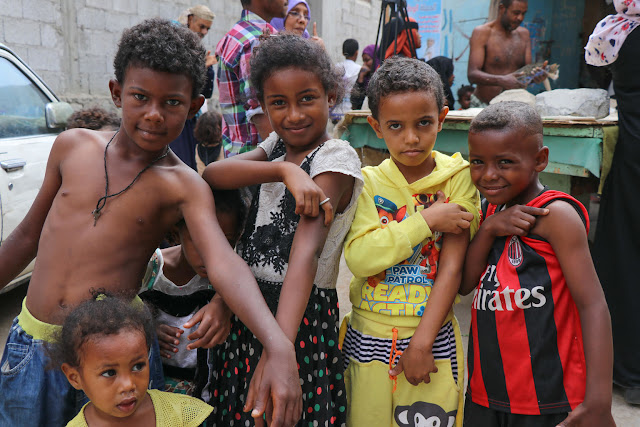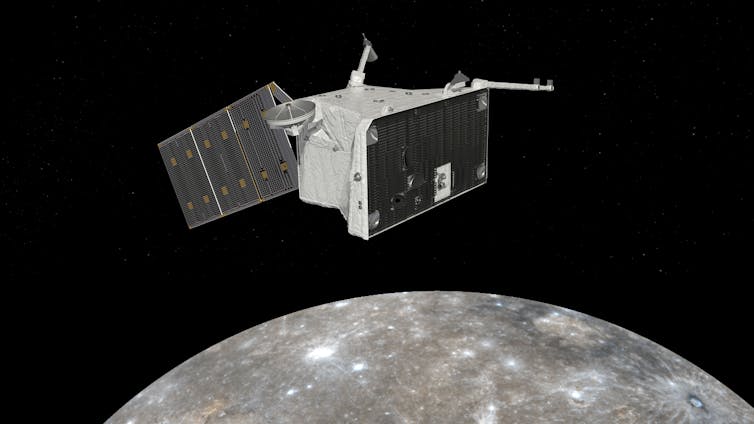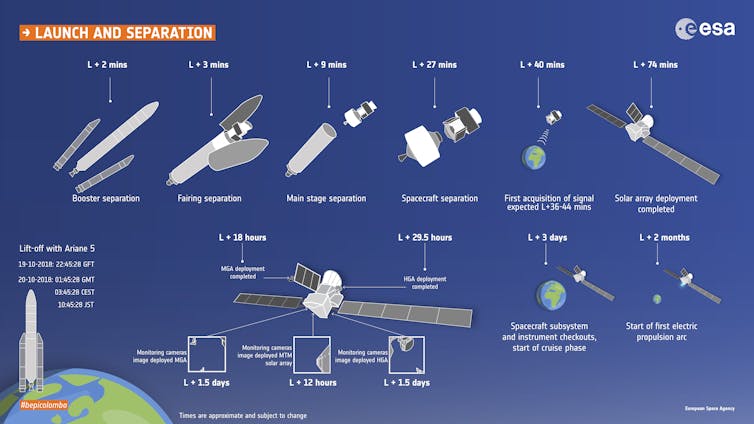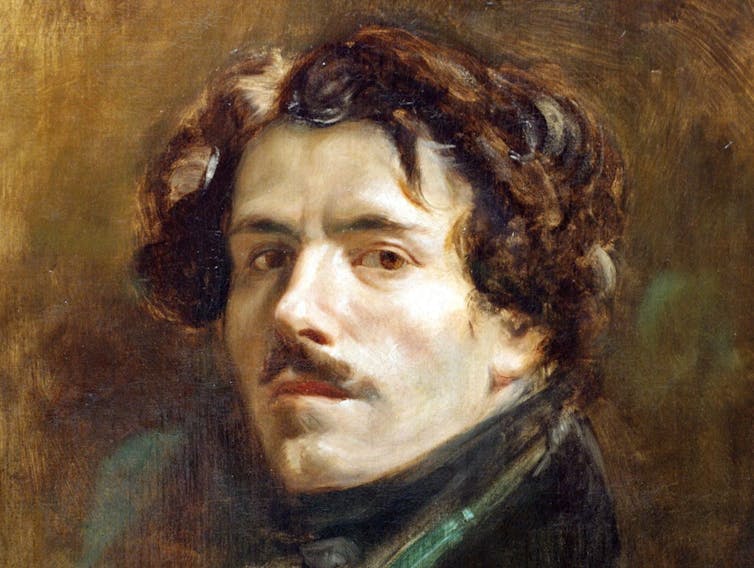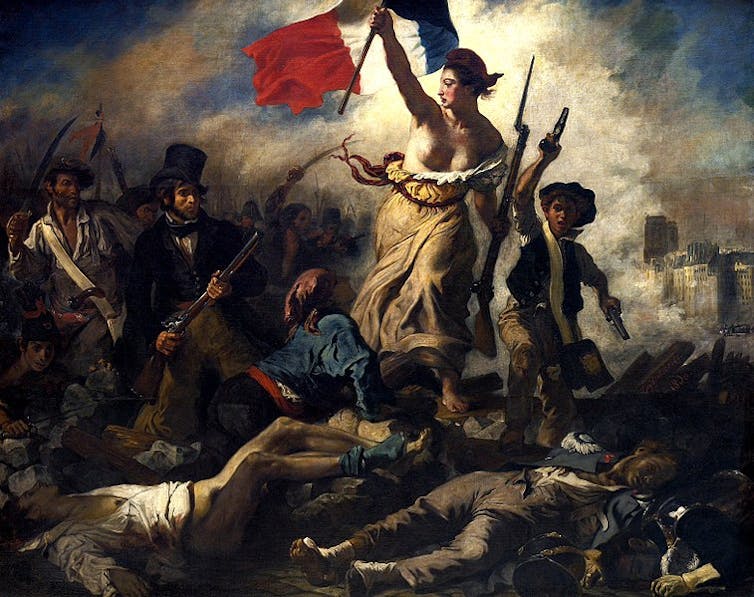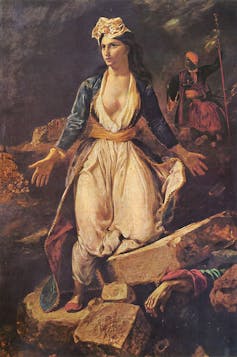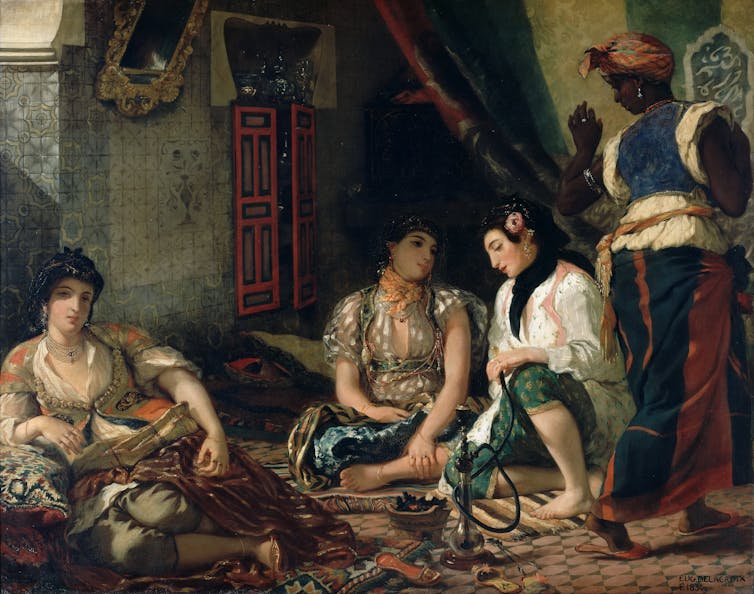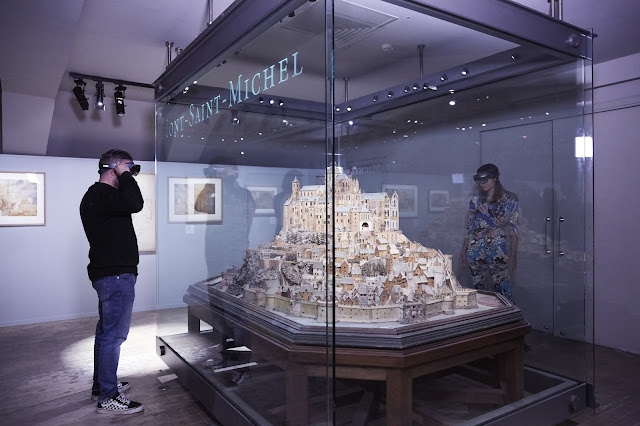 |
| By donning a HoloLens, guests are taken into a 15- to 20-minute experience where the Mont-Saint-Michel model comes to life. |
Powered by Microsoft AI and mixed-reality technology as well as the recently released HoloLens 2 device, the interactive exhibition transports visitors into a holographic tour of the picturesque Mont-Saint-Michel, a medieval monastery perched atop a remote tidal island off the coast of Normandy, France.
The virtual experience is complemented by a physical relief map of the Mont-Saint-Michel, an intricate, three-dimensional model of the landmark. Entirely crafted by hand in the 1600s by the resident Benedictine monks, the 1/144-scale model precisely depicts the monument in such intricate detail that maps like this were considered valuable strategic tools to leaders like Napoleon and King Louis XIV, who considered the maps military secrets and hid them from public view.
"The Museum of History & Industry is honored to share this icon of world history, enhanced by leading-edge technology, to create a unique experience born of innovations both past and present," said Leonard Garfield, MOHAI's executive director. "More than 300 years separate the remarkable relief map and today, but the persistent human drive toward invention and creativity bridges those years, reflecting the unbroken quest for greater understanding and appreciation of the world around us."The opening of the exhibit is timed with the 40th anniversary of the Mont-Saint-Michel being designated as a UNESCO World Heritage Site. This is the first time the relief map, as well as the mixed-reality experience, has been in North America.
"The relief maps were technological marvels of Louis XIV and Napoleon's time. It's exciting to see how we can blend old and new technology to unlock the hidden treasures of history, especially for younger generations," said Brad Smith, president of Microsoft. "This exhibit provides a unique model for preserving cultural heritage around the world, something Microsoft is committed to through our AI for Good program."The Mont-Saint-Michel experience is an example of Microsoft's AI for Cultural Heritage program, which aims to leverage the power of AI to empower people and organizations dedicated to the preservation and enrichment of cultural heritage.
Microsoft is working with nonprofits, universities and governments around the world to use AI to help preserve the languages we speak, the places we live and the artifacts we treasure. For example, earlier today Microsoft announced it is working with experts in New Zealand to include te reo Māori in its Microsoft Translator application, which will enable instant translations of text from more than 60 languages into te reo Māori and vice versa. This will be one of the first indigenous languages to use the latest machine learning translation technology to help make the language accessible to as many people as possible.
- The AI for Cultural Heritage program is the fourth pillar of Microsoft's AI for Good portfolio, a five-year commitment to use AI to tackle some of society's biggest challenges.
"One of the challenges in the history of art is the relationship with the public. To gain the attention, to capture the view or the interest of the public, is not always evident," said Emmanuel Starcky, director, Musée des Plans-Reliefs. "With the HoloLens technology, you have now the possibility to realize immersive experiences in art, where you still see the reality but have more information about it. It will be a unique experience for the American public to discover the relief map, its condition in the 17th century and its evolution through three centuries, as well as reflect on the purpose of those relief maps."Drawing from hundreds of thousands of detailed images, Iconem, a leader in the digital preservation of cultural heritage sites, used Microsoft AI to create a photorealistic 3D digital model of the historic structure. Then, French mixed-reality specialists at HoloForge Interactive developed a unique Microsoft HoloLens experience to draw people into the artifact like never before.
- The "Mont-Saint-Michel: Digital Perspectives on the Model" exhibit, including both the original relief map and mixed-reality experience, will be on display at MOHAI Nov. 23, 2019 through Jan. 26, 2020.
SOURCE: Microsoft Corp.



